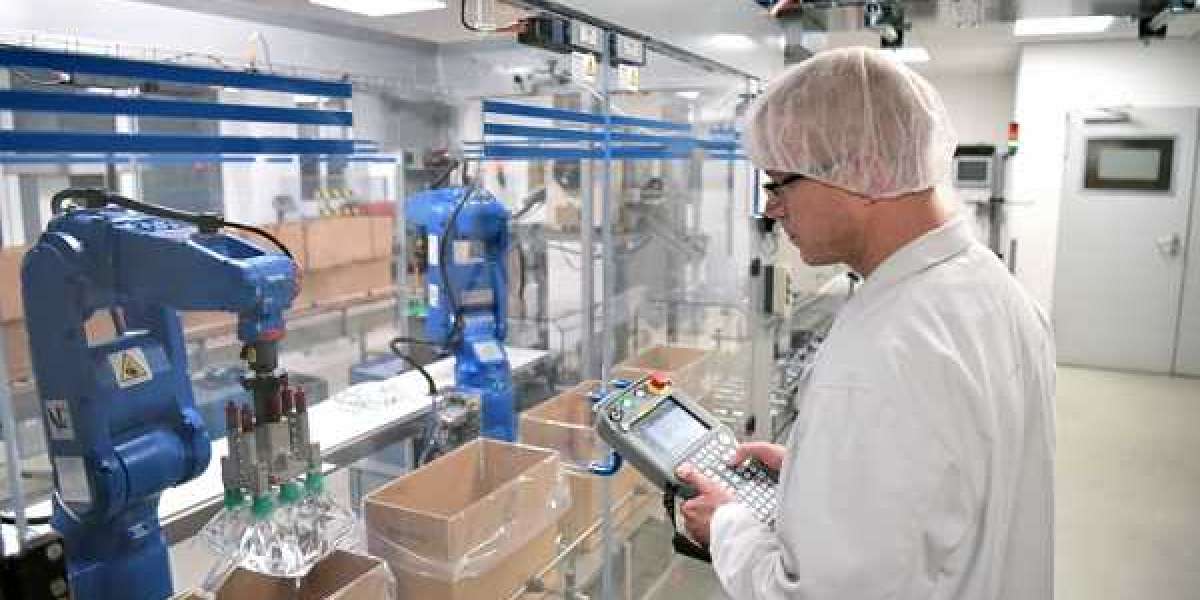Introduction
Medication quality assurance is a broad and comprehensive concept, which ranges from research and development to production, quality control, storage, distribution, pharmaco-surveillance and information for the prescribing professional and the patient. Each of these elements of quality assurance is essential to guarantee access to medicines of certified quality. Regarding the way in which this process is carried out, it can be said that there are two different situations: one, in the developed world and another, in countries like Chile.
In the developed world, quality assurance is an absolute concept: quality is one and unbeatable quality must be achieved through standards and procedures that are rigorously enforced and enforced. Three entities are responsible for ensuring that this is fulfilled: the FDA (Food and Drug Administration) in the United States, the European Agency for the Evaluation of Medicines (EMEA), and a harmonizing entity, which is the ICH (International Conference on Harmonization of Technical Requirements for Registration of Pharmaceuticals for Human Use). The first two are true regulatory entities: everyone observes them and emulates the provisions or guidelines that emanate from them, on any subject; the third, the ICH, is a regulatory harmonization initiative that brings together the authorities of Japan, the United States, the European Union and Canada, which, together with the research pharmaceutical industry, generate a series of guidelines and guidelines aimed at optimizing the quality of medicines, in aspects ranging from drug research and development, to guidelines on good manufacturing practices. It is currently regulating everything related to biopharmaceuticals. The ICH harmonization initiative is excellent and has exceeded all expectations.
In Chile, the situation is worrying, because quality guarantees have been relativized and the deadlines for implementing fundamental elements for quality assurance have been postponed and effective progress is partial. Therefore, there is a big difference with the developed world. The National Medicines Policy, which was launched in Chile in April 2004, established quality guarantees in terms of efficacy, safety and therapeutic equivalence that require effective implementation. At that time, the pharmaceutical industry, both international and national, the academic world and professional associations, gave their opinion on some points that seemed deficient, but the government did not make changes to the original document. Despite this, it is the best policy that has been generated in Chile in terms of medicines, since it establishes all quality guarantees, in terms of efficacy, safety and therapeutic equivalence, which must be met; the problem lies in the difficulties that exist in implementing this policy effectively.
The essential elements of the National Drug Policy are:
- Good manufacturing practices.
- Quality and purity of the raw materials used in the manufacture of pharmaceutical products. Chile imports all the principles, active and inactive, for this purpose.
- Drug stability. The great flaws in drug quality are stability deficiencies.
- Regulation on biomedicines. Biological and biotechnological products are currently the central concern throughout the world.
- Bioavailability and bioequivalence are very interesting topics, but there have been no significant advances either.
- Drug-monitoring: it is a vital aspect, but it is also in an unfortunate situation.
Social inequity in medicines lies in the lack of quality guarantees, rather than in the price of the product, so the results of pharmacotherapy are not guaranteed. Currently, users have access to medications through the GES plan (Explicit Health Guarantees) and must make a copayment of 20% of the value of the drug, so that all users have access to medications. The problem is the quality of the medicines that are being given to them. The quality guarantees provided in the National Drug Policy are not being met. Consequently, the results of pharmacotherapy are not guaranteed, not because of the medical body, but because the medicines do not have the certified quality that they should have, or that the policy says they should have. Drug policy formulation is not enough. It is essential to enforce its provisions.
Good Manufacturing Practices (GMP)
Good manufacturing practices, established by the World Health Organization (WHO) in 1992, were generated from a report that this organization requested from a group of experts in pharmaceutical preparations. The documents that this group produced are in guides number 32 and 33 of the WHO Publication Series and they establish how pharmaceutical products should be produced throughout the world. On May 10, 1994, the World Health Assembly urged all governments to require that their pharmaceutical companies produce medicines in accordance with WHO-92 good manufacturing practices.
The Chilean government, after many discussions, ordered, on May 1, 2002, that is, 10 years behind the technical standard of 1992, that all pharmaceutical plants had to comply with good manufacturing practices and that said plants had to be certified. Resolution 6086, of July 2005, extended the deadline for compliance with this provision until December 2005, then until January 1, 2006 and later, until December 31, 2006, due to endless and complex discussions with the Ministry. The underlying problem is that the deadlines to carry out the validation of the pharmaceutical plants and the analytical validation of the quality control of the drugs have not been peremptory. The Argentine authority, ANMAT (National Drug Administration, Food and Medical Technology) has closed 85 pharmaceutical plants because they did not meet deadlines; in Colombia 100 plants have been closed; Brazil has closed more than 180 pharmaceutical plants and has required bioequivalence in an imperative manner and with fixed deadlines, to which it has duly complied. In Chile, on the other hand, GMPs have not been clearly and categorically required.
Quality control and purity of raw materials
The ICH has developed good guidance on the synthesis of raw materials used in drug manufacturing. Most of these raw materials are synthesized using organic solvents, many of which leave behind residues that may be carcinogenic, neurotoxic, or teratogenic. This organism classified the raw materials in three lists: first, organic solvents that cannot be used in the preparation of pharmaceutical products; second, substances that can be used up to certain concentrations and third, the list of permitted substances.
In Chile, this classification did not exist before 2006, but that year it was discovered that some atorvastatins contained degradation products that were not derived from the drug, but from its synthesis, that is, from the solvents with which the copy of the product was synthesized. Due to this, and although the Chamber of the Pharmaceutical Industry had been pointing out this problem for years to the authorities and ministers, it was only in March 2006 that the government, through the Institute of Public Health (ISP), issued resolution number 1784, which required the regulation to count from that date. But the progress was partial, because in the market there are about 4,800 pharmaceutical products registered in 8,000 presentations, and this resolution only applies to products that are going to be registered, or whose registration is going to be renewed, from that date forward and does not establish any regulation on the large existing pharmacological arsenal. Once again, the relativization of the quality of medicines is faced. The control of quality and purity of raw materials in our country is a measure of very partial scope.








